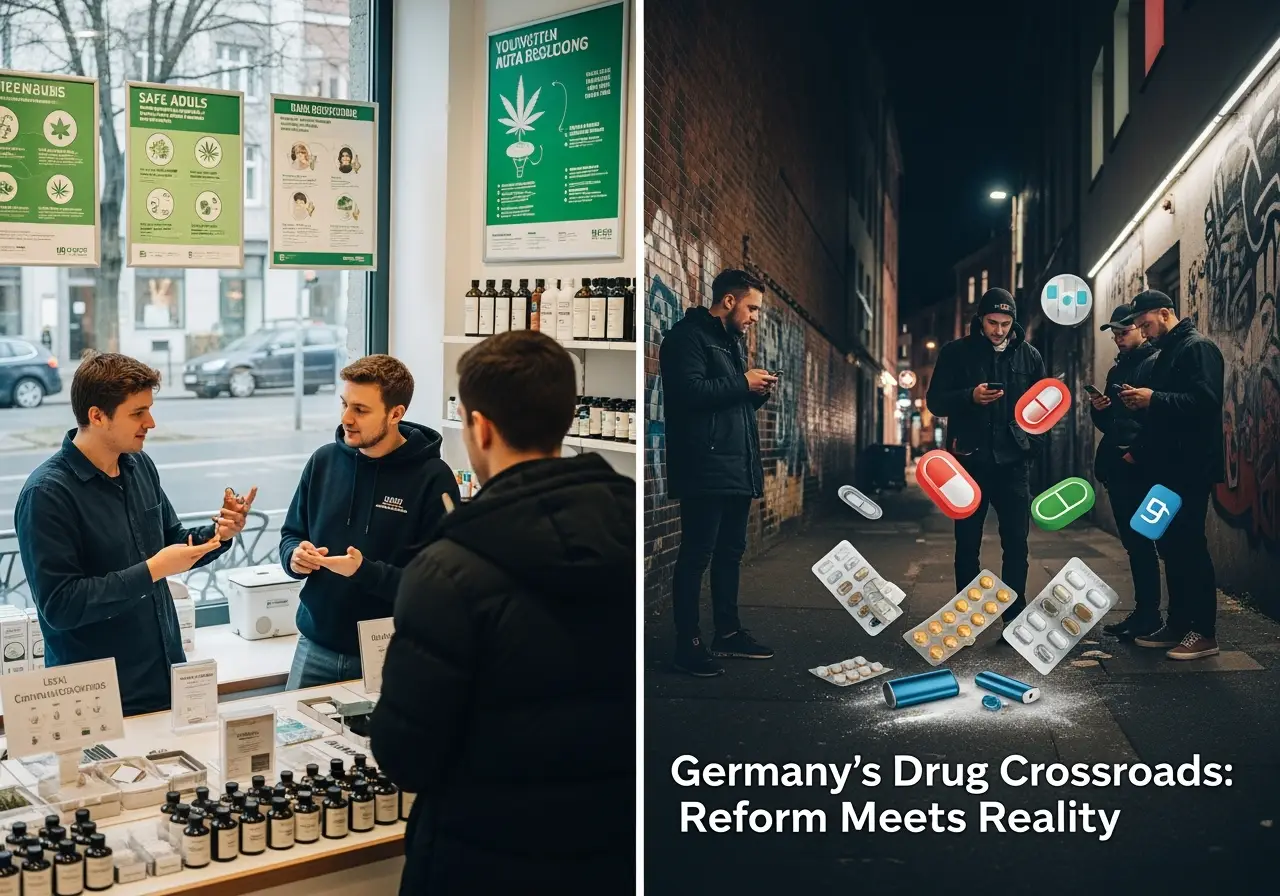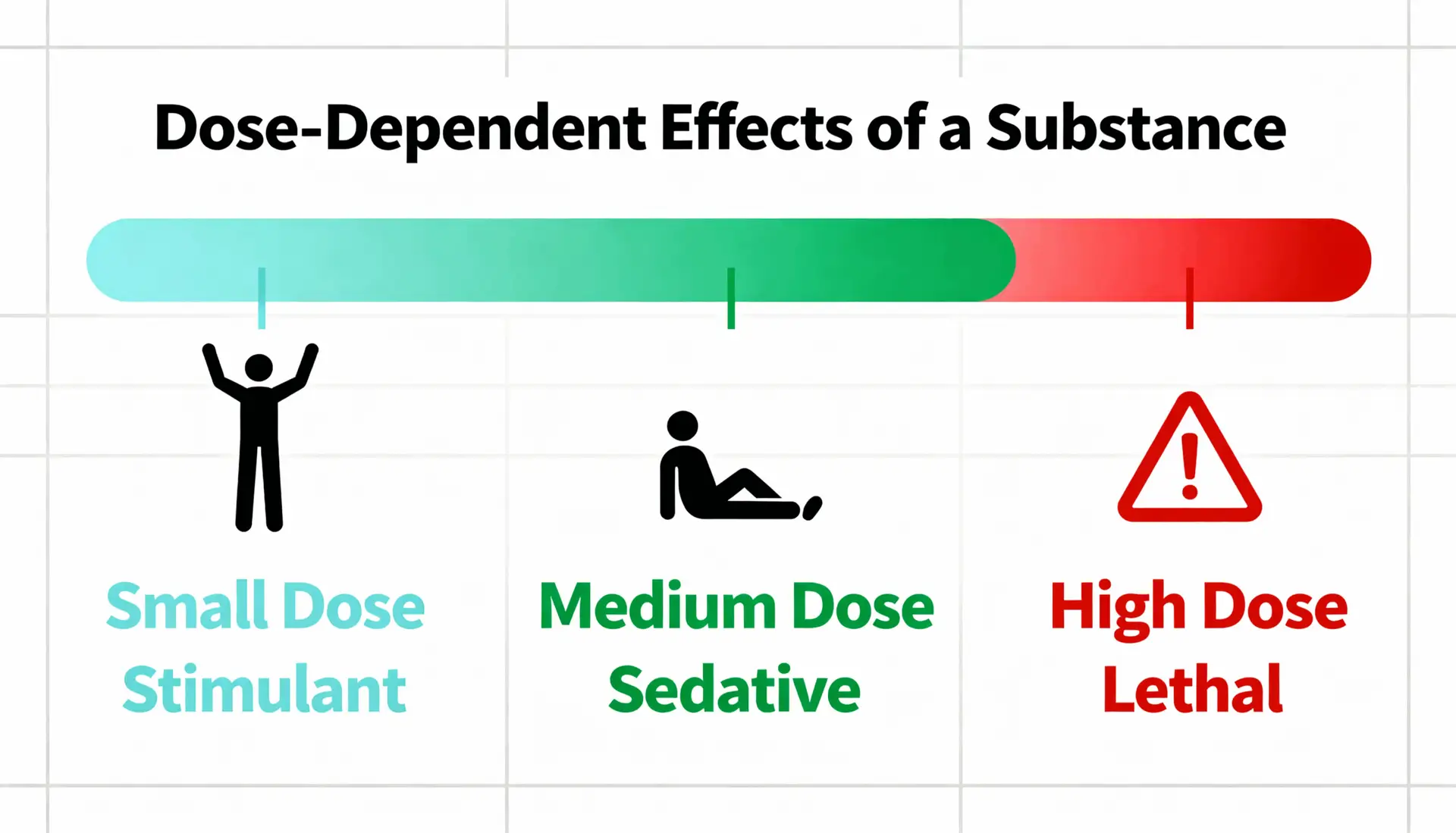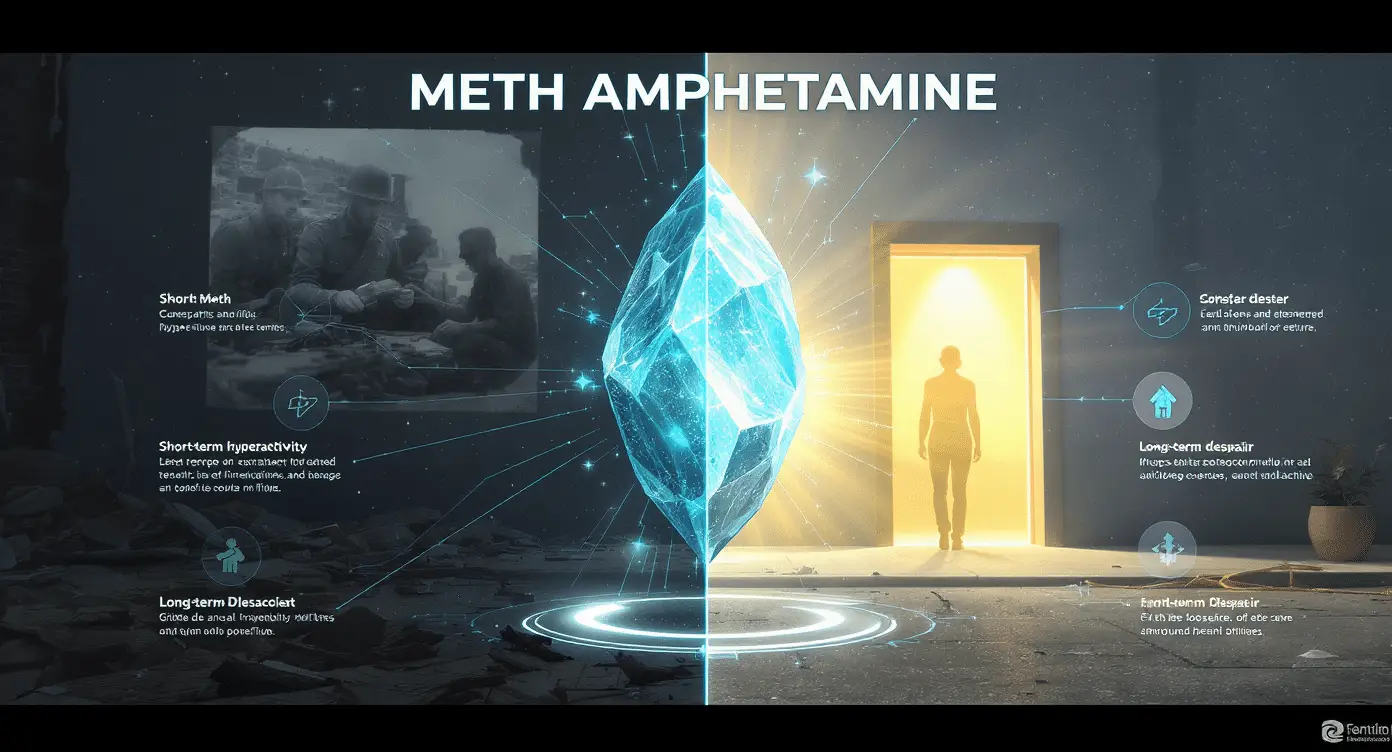A New Chapter in the Germany Drug Crisis
The Germany drug crisis has entered a dangerous new chapter. In 2024, the country legalized cannabis for personal use and in non-commercial clubs. The goal was to reduce black market activity and improve health outcomes. However, this move comes as more dangerous drugs—such as cocaine and synthetic opioids—are spreading rapidly.
As Germany reforms its policies, it also faces a surge in addiction, overdoses, and criminal trafficking. Therefore, the current strategy must evolve to address a much deeper problem.
Cannabis Reform and Its Place in the Crisis
In April 2024, Germany made history by legalizing limited cannabis use. Adults can now grow and consume cannabis in private clubs. This law aimed to shift focus from punishment to regulation. Early signs show a drop in legal cases for small possession.
However, the system is not running smoothly. Many cities have delayed approvals for cannabis clubs. Moreover, some experts are concerned about stronger cannabis strains and growing use among teens. As a result, the reform may help part of the problem but cannot solve the Germany drug crisis alone.
Cocaine’s Role in the Germany Drug Crisis
While cannabis has been legalized, another substance has flooded the country—cocaine. In 2023, Germany seized 43 tonnes of it, most arriving through the Port of Hamburg. This amount highlights the country’s key role in European drug trafficking.
Cocaine is now more available, more pure, and more socially accepted than ever. As a result, it is no longer limited to parties. It has become part of everyday life for many. Unfortunately, this change is increasing health emergencies and deaths.
Youth and the Growing Germany Drug Crisis
Young people in Germany face more risk than ever. Cannabis feels normal. Cocaine is easy to access. MDMA and amphetamines are popular in clubs. And mental health struggles are rising.
Furthermore, many teenagers and young adults mix different substances. This trend—called polydrug use—greatly increases the danger of overdose or addiction. Therefore, it’s critical to inform and protect this generation before it’s too late.
🔗 For a nearby example, see the Czech meth crisis, where production and addiction are on the rise.
Overdose Deaths in the Germany Drug Crisis
The most painful cost of the Germany drug crisis is measured in lives lost. In 2022, nearly 2,000 people died from drug-related overdoses. This makes Germany one of the hardest-hit countries in Europe.
Opioids still cause the most deaths. However, cocaine is now involved in many of these cases. What’s worse, synthetic opioids like fentanyl and nitazenes are starting to appear. These drugs are so strong that a tiny amount can be fatal.
Germany’s Health System Faces Drug Crisis Pressure
Germany has invested heavily in harm reduction and addiction services. There are many support centers and treatment programs. Even so, the current crisis is putting serious pressure on the system.
Every month, new synthetic drugs emerge. Cocaine supply continues to grow. Thousands of people need help, but not everyone gets access. Clearly, more than policy change is needed.
A Person-Centered Solution
The Germany drug crisis is about more than policy. It’s about people. Laws can change the surface, but only deep recovery changes lives.
This is why the Narconon program is so vital. It focuses on:
- Full drug-free detox
- Life skills training to handle challenges
- A structured path to rebuild purpose and integrity
No medication substitutes. No endless therapy. Just real change.
Take Action Today
If someone you care about is facing the Germany drug crisis, there is hope.
👉 Contact Narconon Europe to learn how we can help.
Sources:
- European Monitoring Centre for Drugs and Drug Addiction (EUDA) / European Drug Report
- German Federal Criminal Police Office (BKA)
- Deutsche Beobachtungsstelle für Drogen und Drogensucht (DBDD)
- Data synthesized from national and European reports on the drug situation.



